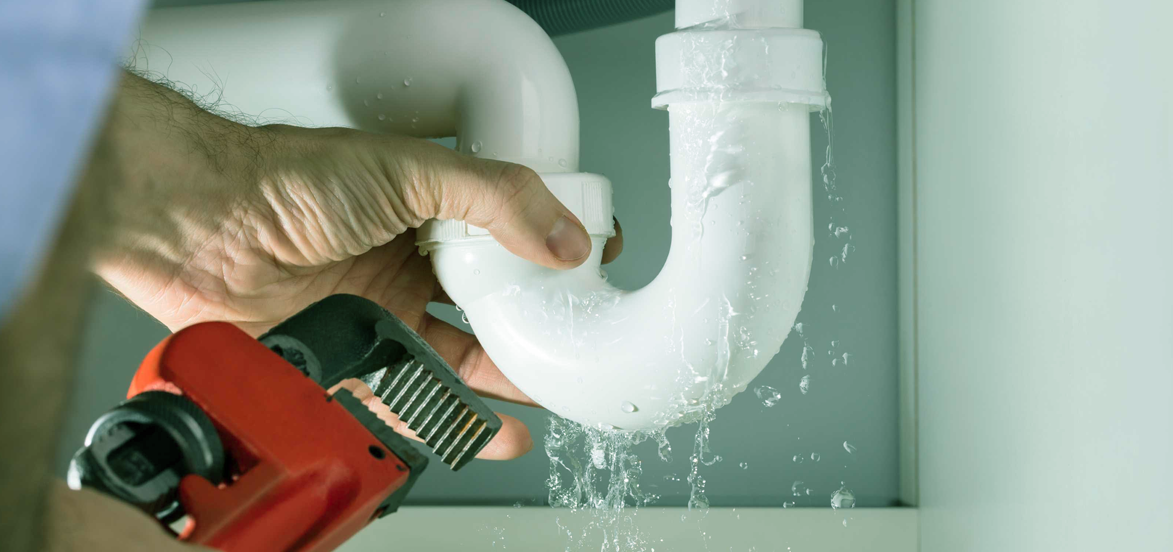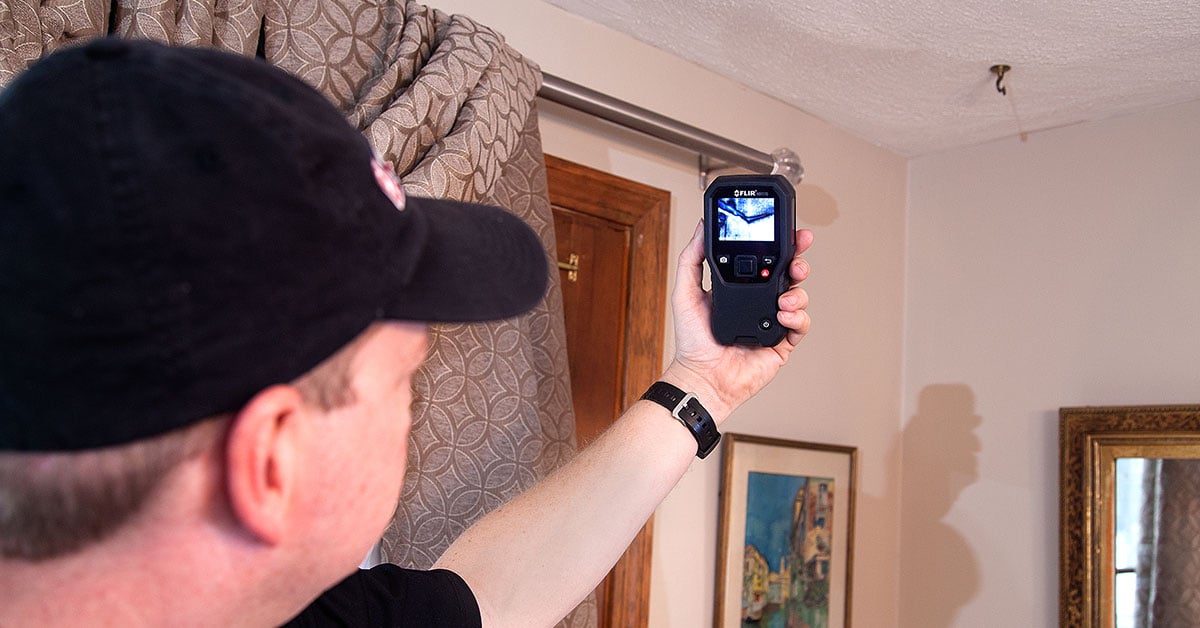6 Ways to Find Concealed Water Leakages in Your House
6 Ways to Find Concealed Water Leakages in Your House
Blog Article
Almost everyone seems to have his or her own rationale involving Detecting hidden plumbing leaks.

The minute you discover a leak, calling your plumber for repairs is the very best option. Some little water leaks may not be noticeable. If you can not spot it with your naked eyes, here are some hacks that help.
Early discovery of dripping water lines can alleviate a potential disaster. Besides conserving you cash, it will reduce the stress and irritation.
Check Water Usage
Examine your water costs and track your water usage. As the one paying it, you need to notice if there are any type of disparities. If you find sudden changes, in spite of your consumption being the same, it means that you have leaks in your plumbing system. Bear in mind, your water bill ought to drop under the exact same variety each month. A sudden spike in your bill suggests a fast-moving leak.
A steady boost every month, even with the very same habits, reveals you have a sluggish leakage that's additionally slowly rising. Call a plumber to extensively examine your building, particularly if you really feel a cozy area on your flooring with piping beneath.
Assess the circumstance as well as examine
Home owners should make it a practice to inspect under the sink counters and also inside cupboards for any bad odor or mold growth. These two red flags show a leakage so punctual attention is needed. Doing routine inspections, also bi-annually, can save you from a significant issue.
Analyze the Water Meter
Examining it is a surefire means that assists you uncover leakages. If it moves, that suggests a fast-moving leak. This means you may have a slow leakage that could also be underground.
Asses Exterior Lines
Don't neglect to examine your outside water lines also. Test faucets by attaching a garden pipe. Needs to water leak out of the connection, you have a loosened rubber gasket. Replace this as well as make certain all links are tight. It will certainly help get it professionally checked out as well as maintained each year if you've got a sprinkler system. One tiny leak can squander tons of water as well as spike your water expense.
Do a Food Coloring Examination
When it comes to water consumption, 30% originates from commodes. Test to see if they are running appropriately. Decrease specks of food color in the tank and also wait 10 minutes. If the color in some way infiltrates your dish throughout that time without flushing, there's a leak in between the tank and also bowl.
Check for discolorations and damaging as the majority of appliances and also pipes have a life expectations. If you believe leaking water lines in your plumbing system, don't wait for it to rise.
The minute you find a leakage, calling your plumber for repair services is the finest service. Some little water leakages might not be noticeable. Examining it is a guaranteed way that aids you discover leaks. One small leak can lose lots of water as well as increase your water bill.
If you suspect dripping water lines in your plumbing system, don't wait for it to intensify.
WARNING SIGNS OF WATER LEAKAGE BEHIND THE WALL
PERSISTENT MUSTY ODORS
As water slowly drips from a leaky pipe inside the wall, flooring and sheetrock stay damp and develop an odor similar to wet cardboard. It generates a musty smell that can help you find hidden leaks.
MOLD IN UNUSUAL AREAS
Mold usually grows in wet areas like kitchens, baths and laundry rooms. If you spot the stuff on walls or baseboards in other rooms of the house, it’s a good indicator of undetected water leaks.
STAINS THAT GROW
When mold thrives around a leaky pipe, it sometimes takes hold on the inside surface of the affected wall. A growing stain on otherwise clean sheetrock is often your sign of a hidden plumbing problem.
PEELING OR BUBBLING WALLPAPER / PAINT
This clue is easy to miss in rooms that don’t get much use. When you see wallpaper separating along seams or paint bubbling or flaking off the wall, blame sheetrock that stays wet because of an undetected leak.
BUCKLED CEILINGS AND STAINED FLOORS
If ceilings or floors in bathrooms, kitchens or laundry areas develop structural problems, don’t rule out constant damp inside the walls. Wet sheetrock can affect adjacent framing, flooring and ceilings.
https://www.servicemasterbyzaba.com/blog/how-to-detect-water-leakage-in-walls/

As an avid reader about Top leak detection hacks, I figured sharing that editorial was a great idea. If you please take the opportunity to distribute this write-up if you liked it. Thank you so much for taking the time to read it.
Report this page